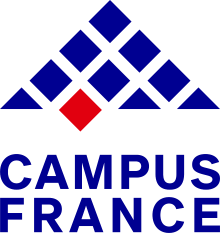
Protactinium, a weirdo?

This project aims at revealing the so far uncatched chemical behavior of protactinium in solution and questioning potential analogies with thorium and uranium.
Protactinium is thought as a crossing point within the actinide series, in between thorium (“transition-metal like”) and uranium (“actinide like”). (Un)fortunately, it is usually co-occuring with these other two elements and separation is required for making applications real. For interpreting previous experiments as well as for guiding future ones, I have proposed to strenghen the theory/experiment synergy by developing computational strategies to predict relative complexation constants as well as absorption spectra. The CHESS project, funded by the French National Research Agency (ANR), involves several theoretical partners (CTI team of ISCR, PCMT team of PhLAM and ModES team of CEISAM) as well as experimental ones (RAPHYNEE team from IJCLab and PRISMA team from Subatech).
Magnetism and luminescence of f elements

This project aims at conducting cutting-edge collaborative research on the luminescence and magnetic properties of the f elements.
Lanthanides and actinides display fascinating physico-chemical properties that are intrinsically bound to their electronic structures. This collaborative project develops on two main research axes, (i) development of the NewMag code for interpreting the many-electron states in terms of the local crystal-field splittings and the couplings between the resulting terms, and, (ii) the design and optimization of ab initio strategies for the accurate calculation of absorption and luminescence properties in f-element complexes. The Flumag project, jointly funded by Campus France and UEFISCDI Romania, involves the CTI team of ISCR and a Faculty of Chemistry team of the Alexandru Ioan Cuza University (Iași, Romania).


